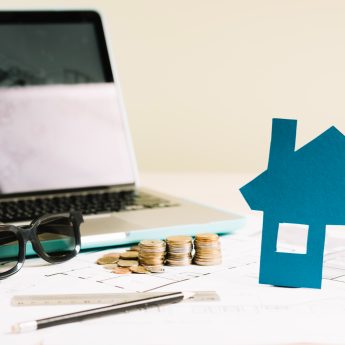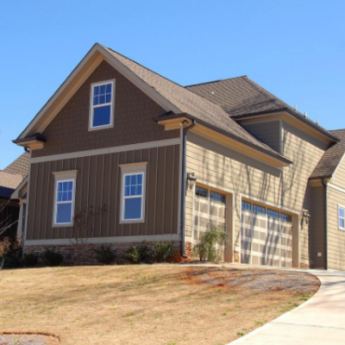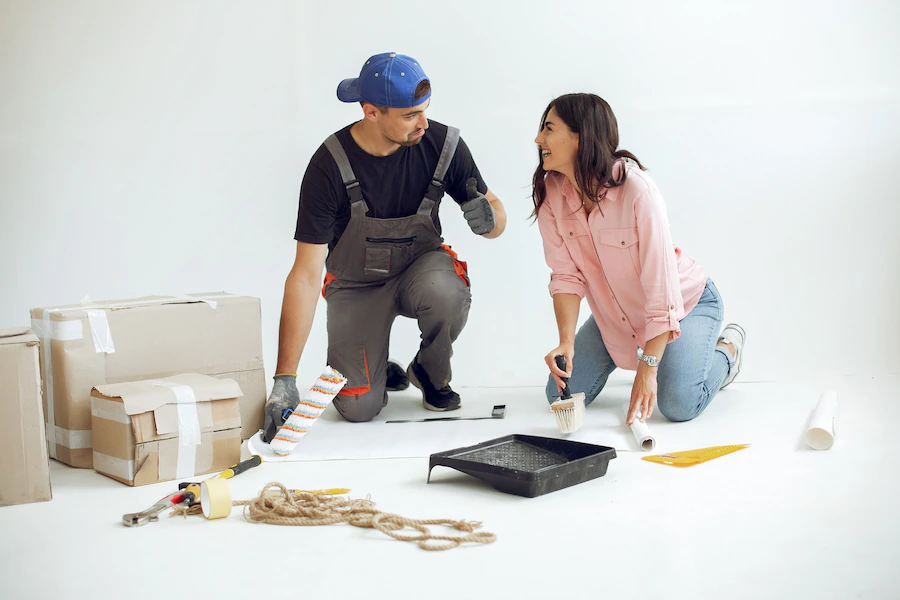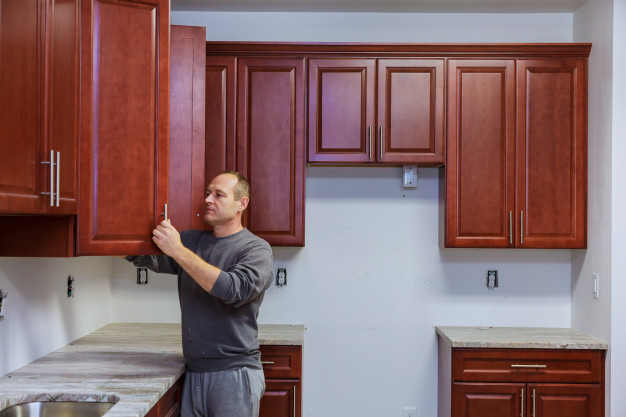Settling Abroad – 7 Budget-Friendly Home Improvement Ideas

Moving to a new country can be an exciting adventure, but it often comes with the challenge of settling into a new home as well as home improvement.
From getting your VISA to finding a job, many expenses are already involved in settling abroad.
However, you still miss home and want to create a familiar and cozy atmosphere in your new place.
Whether renting or buying, making your space feel comfortable and personalized is essential.
Fortunately, several budget-friendly home improvement ideas can help you achieve this.
In this article, we shall help you with some great tips to create a comfortable space when you’re abroad, all at an affordable cost.
So keep reading!
Arranging For A Place To Stay
When settling abroad, arranging for a place to stay is a crucial aspect that requires careful consideration and planning.
Several options are available, depending on your preferences, budget, and the duration of your stay.
Renting a property offers flexibility and independence, while temporary accommodations like hotels, apartments, or homestays are popular for those uncertain about long-term plans or seeking a temporary solution.
Consider subletting, renting a room or portion of someone else’s property for a specified period, for a cost-effective solution without committing to a long-term lease.
Shared accommodations like co-living spaces or hostels offer a communal living experience at a lower cost.
Evaluate your needs and priorities to make the best decision for temporary housing during your stay.
Budget-Friendly Home Improvement Ideas
Given below are some steps that can help you find budget-friendly solutions to set up your home away from home—
1. Prioritize Essential Repairs
When settling abroad, it is important to prioritize essential repairs for your new home. Focusing on fixing any necessary repairs first ensures that your living space is safe and functional.
This may include fixing leaky pipes, repairing broken windows, or addressing any structural issues.
Prioritizing these essential repairs will help create a solid foundation for future home improvement projects.
2. Opt For Diy Projects
If you want to save money on home improvement projects, consider opting for DIY projects. Many resources are available online and in stores that can provide step-by-step instructions for various activities, such as painting a room or installing new fixtures.
By learning and completing these projects yourself, you can save money and gain a sense of accomplishment.
Just be sure to carefully research and gather all necessary tools and materials before starting any DIY project.
3. Shop Second-Hand
When it comes to home improvement projects, another option to consider is shopping second-hand.
You can find a variety of items, such as furniture, appliances, and tools, at thrift stores, yard sales, or online marketplaces.
Not only can this save you money compared to buying brand-new items, but it can also add a unique and vintage touch to your home.
Just be sure to thoroughly inspect any second-hand items for quality and functionality before making a purchase.
4. Use Affordable Materials
If you want to save money on home improvement projects, consider using affordable materials.
Many budget-friendly options are available, such as laminate flooring in place of hardwood or vinyl siding rather than real wood.
These materials can still give your home a fresh and updated look without breaking the bank.
Additionally, you can often find discounted or clearance items at home improvement stores, allowing you to stick to your budget while still achieving your desired outcome.
5. Focus On Energy Efficiency
When working on home improvement projects, focusing on energy efficiency is important.
By choosing energy-efficient materials and appliances, you can save money on your utility bills and reduce your carbon footprint.
Consider installing LED lighting, double-pane windows, and properly insulating your home to ensure maximum energy efficiency.
Additionally, look for energy-efficient appliances when upgrading your kitchen or laundry room to decrease your energy consumption further.
You can create a more sustainable and cost-effective living space by prioritizing energy efficiency in your home improvements.
6. Repurpose Existing Items
One way to further reduce your carbon footprint and save money is to repurpose existing items in your home.
Instead of throwing away old furniture or decor, consider giving them a new life by repainting or reupholstering them.
You can also repurpose glass jars as storage containers or use old magazines as wrapping paper. Not only will this help you minimize waste, but it can also add a unique and personal touch to your living space.
7. Rent Tools Or Borrow Them
Rather than buying costly tools that you might use just once, opt for renting or borrowing them from friends, family, or local tool libraries.
This way, you can still complete your projects without spending/ a fortune on tools that you may not need in the long run.
You can also save money by joining online communities or social media groups where people often lend or rent out their tools at a much lower cost.
It’s a great way to be resourceful and minimize your expenses while still achieving your desired home improvements.
Sustainable Upgrade Idea For Your Foreign Home
Being mindful of your consumption habits and reducing waste benefits the environment and saves you money in the long run.
Embracing renewable energy sources like solar power or wind turbines can help you become more self-sufficient and reduce your carbon footprint.
By making these sustainable upgrades, not only will you be contributing towards a greener future, but you may also benefit from long-term cost savings and increased energy efficiency.
Here are some great ideas to upgrade your foreign home sustainably:
- Install energy-efficient appliances and fixtures to reduce energy consumption and lower utility bills.
- Use eco-friendly materials for construction and renovation to minimize environmental impact.
- Implement water-saving techniques such as installing low-flow showerheads and faucets and collecting rainwater for irrigation.
- Incorporate natural lighting into the design by adding skylights or large windows to reduce the need for artificial lighting.
- Utilize renewable energy sources like solar panels or wind turbines to generate electricity.
- Improve insulation in walls, floors, and roofs to enhance energy efficiency and reduce heat loss.
- Implement a recycling system within the home to encourage waste reduction and proper disposal of recyclable materials.
- Create a sustainable garden by growing organic produce using compost from food waste.
- Install energy-efficient appliances and fixtures, such as LED lights and low-flow faucets, to further reduce energy and water consumption.
- Incorporate sustainable materials and practices in the construction and maintenance of the home, such as using reclaimed wood, eco-friendly paints, and eco-conscious cleaning products.
Fly Happy, Live Peaceful
In conclusion, settling abroad can be an exciting adventure, but making your new living space feel like home is important.
With these seven budget-friendly home improvement ideas, you can transform your new place into a comfortable and welcoming haven.
From adding a fresh coat of paint to incorporating creative storage solutions, there are endless possibilities for making your space both functional and stylish.
So don’t let the constraints of a tight budget hold you back – get creative and start turning your new house into a home today!
Read Also:












Leave A Reply